 Some artists create art for fame.
Some artists create art for fame.
Some artists create art for money.
Some artists create art for awards.
Some artists create art for getting laid.
Some artists create art for recognition from critics.
Some artists create art for recognition from other artists.
Some artists create art for people who don’t appreciate it.
Some artists create art for the needs and wants of a certain target market.
Here’s what I think:
I THINK … when you care the least; you do the best.
I THINK … when your stakes are lower; your results are higher.
I THINK … when you create for the wrong reasons; you become a dishonest and gluttonous artist.
I THINK … when you create for the right reasons; the world starts paying attention.
I THINK … when you detach from outcomes and just concentrate on the components; you win.
You know, “journey, not destination” stuff.
SO, THAT’S THE BIG QUESTION: who (or what) are you creating for?
I believe that we, as artists, have a few options:
Create for … YOURSELF
Because you love to create.
Because it makes you happy.
Because you can’t NOT create.
Because it’s your calling, your purpose.
Because it’s just something you like to do.
Because sometimes, the theater of the mind is better.
Because it’s your release, your meditation, your spiritual connection.
Create for … THE SAKE OF CREATING
Because creating is healthy.
Because creating is necessary.
Because you’re an artist, and that’s what artists do.
Because making something out of nothing is totally cool.
Create for … THAT WHICH ENABLED YOU
Because usefulness is worship.
Because you have been given a tremendous gift, and to utilize that gift is to honor the giver.
Because God, The Muse, The Higher Power, The Source, The Divine Light or whatever you call it, deserves it.
Because your creative talents came from something bigger, stronger and more powerful than you, and it’s time to give back.
Create for … NOTHING AT ALL
Just because.
I think Dr. George “Running Guy” Sheehan said it best:
“If you are doing something you would do for nothing – then you are on your way to salvation. And if you could drop it in a minute and forget the outcome, you are even further along. And if while you are doing it you are transported into another existence, there is no need for you to worry about the future.”
SO, HERE’S THE DEAL: if you create art, that makes you an artist. Period.
Eliminate the word “for” from your vocabulary.
You don’t need to create FOR anything. Or anyone.
Just create. That’s it.
Grant permission to your authentic voice to sing as loud, as silly, as creative and as original as it wants.
Because usually, that’s when the best stuff comes out.
AND BEWARE: people might not like your work. People might not even care about your work. It might not sell. It might not be as good as your other stuff. It might not be the right time for that particular piece.
Many forms of negative resistance are standing by to throw themselves at you.
So, it only makes sense to detach from outcomes and just CREATE.
For you.
For the sake of creating.
For your Source.
For nothing at all.
Because, even in the worst case scenario; you can always say:
“Whatever. I liked it.”
LET ME ASK YA THIS…
Who are you creating art for?
LET ME SUGGEST THIS…
Read Hugh’s ebook NOW. That’s what inspired me to write this post.
* * * *
Scott Ginsberg
That Guy with the Nametag
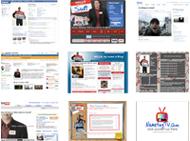 Are you a friend of The Nametag Network?
Are you a friend of The Nametag Network?
Read more blogs!
Rent Scott’s Brain!
Download articles and ebooks!
Watch training videos on NametagTV!
Make a name for yourself here…

 1. You get (really) good at writing by writing a lot.
1. You get (really) good at writing by writing a lot.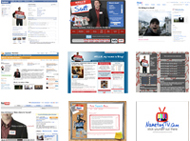 Are you a friend of
Are you a friend of  I was walking down the Las Vegas Strip one day when I saw the coolest t-shirt of all time.
I was walking down the Las Vegas Strip one day when I saw the coolest t-shirt of all time.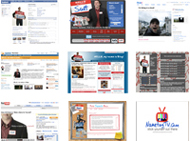 Are you a friend of
Are you a friend of  I’ve been writing books since I was 21.
I’ve been writing books since I was 21.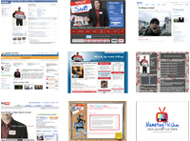 Are you a friend of
Are you a friend of  Yes, all that positive attitude stuff is TOTALLY corny.
Yes, all that positive attitude stuff is TOTALLY corny. Are you a friend of
Are you a friend of  Let’s talk about freedom.
Let’s talk about freedom. Are you a friend of
Are you a friend of  A few months ago I was giving a speech to a group of hotel employees in
A few months ago I was giving a speech to a group of hotel employees in 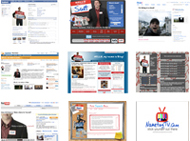 Are you a friend of
Are you a friend of  DID YOU KNOW…
DID YOU KNOW…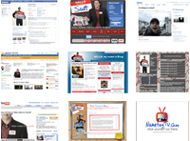 Are you a friend of
Are you a friend of  It doesn’t matter how young you are.
It doesn’t matter how young you are.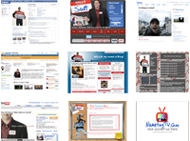 Are you a friend of
Are you a friend of 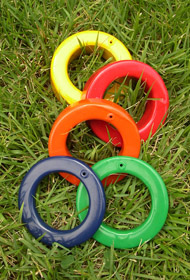 Remember little league?
Remember little league?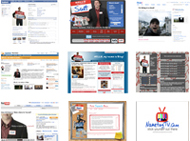 Are you a friend of
Are you a friend of